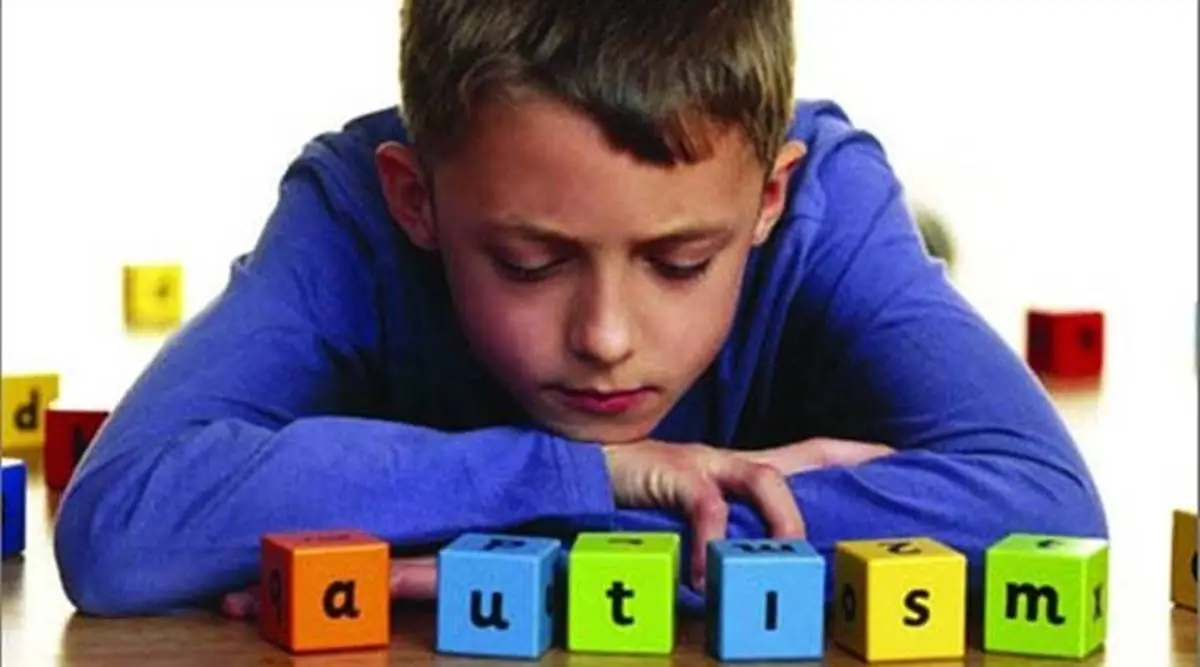Autism, a neurodevelopmental disorder, has gained significant attention over the years due to its impact on individuals' social interactions, communication abilities, and behavioral patterns. Diagnosing autism is a complex process that involves careful observation, assessment, and evaluation of a person's developmental history and behavioral characteristics. The diagnosis of autism has evolved considerably, reflecting a greater understanding of its spectrum nature, enabling early identification and intervention for individuals affected by this condition. Autism Spectrum Disorder (ASD) is a term used to describe a range of conditions characterized by challenges in social interactions, communication difficulties, and restricted, repetitive patterns of behavior, interests, or activities. Previously, different disorders such as autistic disorder, Asperger's syndrome, and pervasive developmental disorder-not otherwise specified (PDD-NOS) were diagnosed separately. However, with the introduction of the Diagnostic and Statistical Manual of Mental Disorders, 5th edition (DSM-5), these individual diagnoses were merged into a single diagnostic category of ASD. This shift emphasizes the diverse nature of autism, which exists on a continuum, often referred to as the autism spectrum.
Early identification of autism is crucial to ensure timely intervention and support. While the signs of autism can vary widely, some common indicators may include delayed or atypical language development, difficulty understanding or using non-verbal cues, and limited social interactions. Engaging in repetitive movements or actions, fixation on specific topics or objects, and adherence to rigid routines. Heightened or diminished responses to sensory stimuli, such as sounds, lights, or textures. Several screening tools, such as the Modified Checklist for Autism in Toddlers (M-CHAT) and the Autism Diagnostic Observation Schedule (ADOS), are available to assist healthcare professionals in identifying potential signs of autism during early childhood. These screenings are not diagnostic but serve as initial indicators that warrant further evaluation. The diagnosis of autism requires a comprehensive assessment by a team of professionals, including psychologists, pediatricians, speech-language pathologists, and occupational therapists. Gathering information from parents or caregivers about the child's developmental milestones, early behaviors, and family history.
Behavioral Observation: Conducting direct observations to assess social interactions, communication skills, and the presence of repetitive behaviors. Utilizing standardized assessments and questionnaires, such as the Autism Diagnostic Interview-Revised (ADI-R) and the Autism Diagnostic Observation Schedule (ADOS), to provide further insights into the individual's strengths and challenges. Ruling out other possible causes of the observed symptoms through a thorough physical examination and medical tests is important.
The diagnosis of autism requires a multidisciplinary approach, involving careful observation, assessment, and collaboration among professionals. Early identification and intervention play a vital role in supporting individuals with autism, enabling them to reach their full potential and lead fulfilling lives. As research continues to uncover new insights into autism, it is essential to emphasize the spectrum nature of the condition, fostering acceptance

